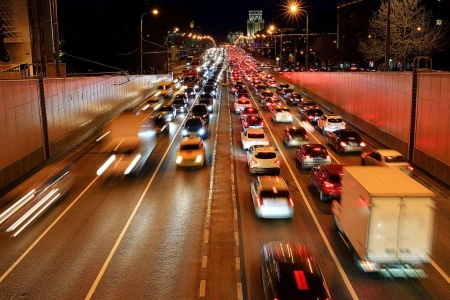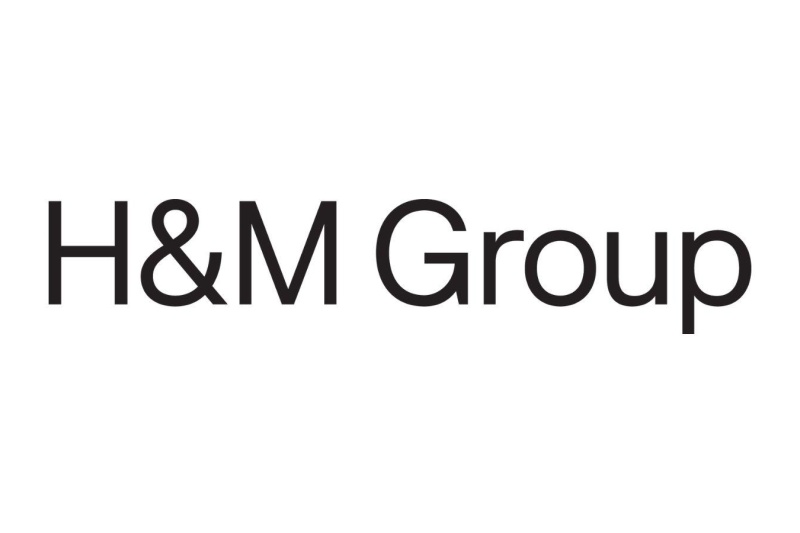
A race to the top
15th Oct 2019
When the Science Based Targets initiative (SBTi) started back in 2015, in the run-up to the landmark Paris climate change conference, it had a simple aim: to help companies set targets to reduce their greenhouse gas (GHG) emissions according to what science said was needed to avert dangerous climate change.
That aim still stands. And what started as a fledgling movement has snowballed into a global phenomenon. Today, more than 670 of the world’s biggest companies are setting science-based GHG emissions reduction targets. That’s around 12 companies joining per month since the initiative began.
The companies represent 45 sectors—from chemicals to construction, and from textiles to telecoms—and span 38 countries around the globe. Together, their operational emissions total more than 750 million tonnes of CO2e, more than the annual emissions of France and Spain put together. Their combined market capitalization is over $10.8 trillion USD.
From commitments to targets
This is far from a hollow commitment. Companies have 24 months to develop and submit their targets for validation, an intensive process that involves compiling an emissions inventory, securing internal buy-in and developing targets that meet the SBTi’s strict criteria.
Targets must cover GHG emissions from a company’s operations and purchased energy (scopes 1 and 2), and be in line with emissions pathways consistent with the goals of the Paris Agreement. If a company’s value chain emissions (known as scope 3 emissions) make up a significant portion of their overall carbon footprint, they must also set ambitious value chain targets in line with the SBTi’s requirements.
To date more than 270 companies have received the SBTi’s stamp of approval for their targets. They include pioneers from some of the highest-emitting sectors, such as cement, power generation and steel.
These companies are at the vanguard in the fight against climate change. They are showing thousands of other companies around the world that operating within the scientific thresholds for a climate-safe world goes hand-in-hand with successful business.
Targets for a 1.5°C world
In October 2018, scientists from the Intergovernmental Panel on Climate Change (IPCC) delivered a stark warning: to avoid the catastrophic impacts of climate change, global warming cannot exceed 1.5°C above pre-industrial temperatures. In order to achieve this, GHG emissions must halve by 2030 and drop to net-zero by the middle of the century.
The stakes are astronomical, with the IPCC warning that even an additional half degree—to reach 2°C of warming—would significantly worsen the risks of drought, flood, extreme heat and poverty for hundreds of millions of people.
Faced with the latest science, the SBTi updated its approach. This past April, six months after the IPCC published its report, we introduced new resources to allow companies to align their targets with well-below 2°C and 1.5°C pathways, the two levels of ambition called for in the Paris Agreement. Today, we can see that over 60 companies have already set targets for their operations (scopes 1 and 2) at the highest level of ambition—some dating back as early as 2015.
Beginning today, the SBTi will no longer approve targets consistent with 2°C pathways – recognising that the latest science has shown that this level of warming must be avoided if we are to maintain the health and future prosperity of our planet.
Companies with 2°C-aligned targets approved under older SBTi criteria do not lose their ‘science-based’ status, and we applaud them for being among the first movers to set and implement ambitious science-based targets. We strongly encourage them to review their targets in light of the latest science—as the SBTi has done with its criteria—and to keep aiming higher.
From now on, the SBTi will publish the temperature alignment of new approved scope 1 and 2 targets as either well-below 2°C or 1.5°C. We do this in order to increase transparency and spur more companies to keep raising ambition. We are already seeing companies rising to the challenge: since our new target-setting resources became available in April, 16 companies have already voluntarily upgraded their targets.
We also know that the spotlight is on the private sector to show leadership on climate change, and that the bold action of companies can send vital signals to the wider global economy that the transition to a net-zero carbon economy is gathering pace.
The time has come to double down in the fight against climate change. Companies setting science-based targets are leading the way but we need every company, in every sector, to join them. And we need to see a race to the top – with corporate pioneers continuing to raise the bar and inspiring their peers, suppliers and customers to follow suit. Nothing less than the future of our planet depends on it.
Latest News
View News


